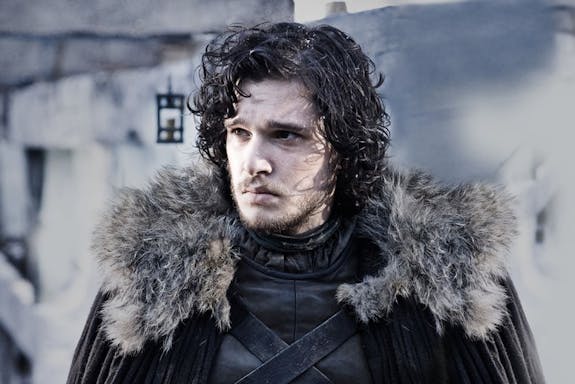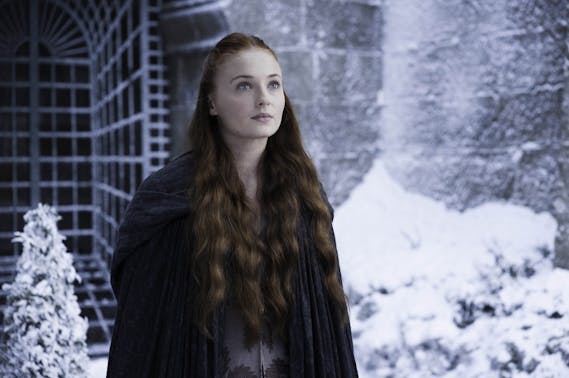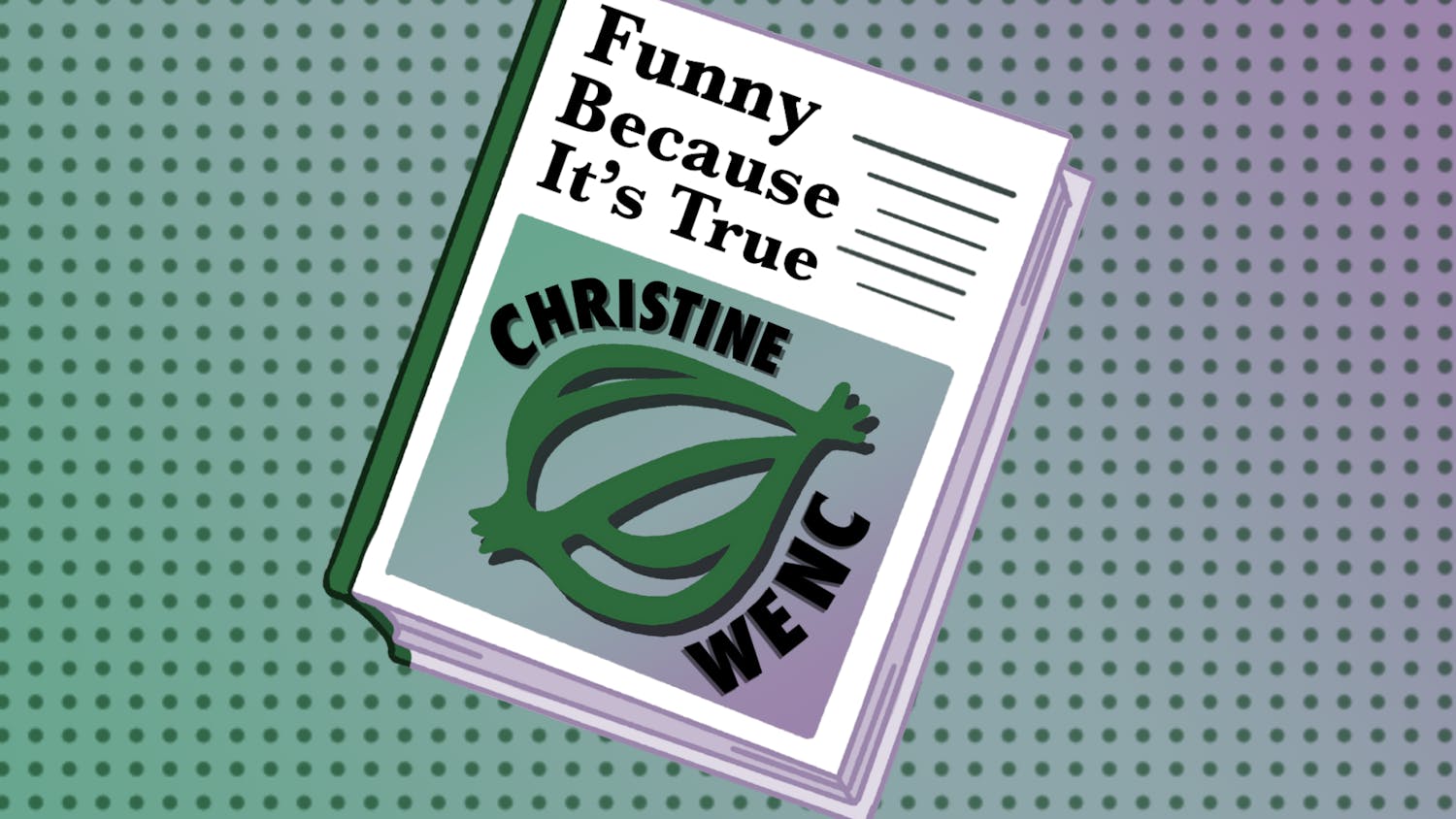HBO’s “Game of Thrones” is without question the most popular television series in history, spanning across the entire world to become a cultural phenomenon and milestone in entertainment history. Many fans of the show admit how they usually have a distaste for the fantasy genre, alluding to how the show deviates from traditional fantasy stories and is itself a refreshing and unique take on the genre.
The real reason “Game of Thrones” has captured the hearts of millions of fans around the world is quite simple. As many fantasy stories do, “Game of Thrones” beautifully blends dramatically foreign elements and captivating tension with realistic human struggles.
What makes “Game of Thrones” so different from other fantasy stories (or most stories in general) is how it genuinely captures the human condition through its layered, emotionally tortured characters.

With the eighth and final season premiering on April 14th, not many characters featured on the show are still alive. The power roles and relationships explored have greatly changed since the first episode premiered in 2011. Those who still remain in order to save the world from the Night King and the Army of the Dead are not your cliche knights in shining armor, but rather misfits who are all fighting their own personal demons in addition to an army of literal monsters.
The characters Jon Snow, Daenerys Targaryen, Tyrion and Jaime Lannister, Sansa, Bran and Arya Stark, Davos Seaworth, Brienne, Varys, Jorah Mormont, Sandor Clegane, Missandei, Theon Greyjoy, Samwell Tarly, Gilly, Gendry and Grey Worm are joining forces to save all of humanity, yet none of them fill the traditional hero descriptions that we're so used to seeing. Each and every one of these characters is a misfit of some sort, a “cripple, bastard, or broken thing,” as Tyrion refers to.
Take Jon Snow, the Prince Who Was Promised. Jon may be an excellent leader, fighter and the rightful heir to the Iron Throne, yet has been treated as a worthless bastard who belonged to no family. His new lover (and secretly his aunt) Daenerys may be an extremely powerful queen, yet she was treated as a slave to be sold off for her brother's gain for most of her life. These two together are the main heroes and protagonists to lead the eighth season, neither of which would appear as such when we’re first introduced to them due to their outsider social status.
Sansa and Arya — the Stark sisters — both have gone through hell before returning home to Winterfell. Arya may be extremely badass and has gone through a grueling quest to claiming her identity, yet she is a tomboy, a type of character who is rarely, if ever portrayed in media, let alone as a heroic leading character. Sansa started off on the show as a naive and impressionable little girl who went through extreme torment, yet has become a major political leader in the show. Both of these female characters have been portrayed in such layered and outstanding manners that few stories can compete with them.

Bran Stark, who may be considered differently-abled, is shown to potentially be the key to saving the world as he’s the Three-Eyed Raven. Tyrion Lannister, while tremendously wise, has had an emotionally grueling life in which he was rejected by his family and mistreated by society for being a dwarf, yet is now one of the key players in managing the strategies in War for the Dawn.
Jaime Lannister may not seem like an outcast at first due to his good looks and swordsmanship, yet this broken man is, by all means, a misfit. Whether it be for breaking his vow and killing the sadistic Mad King Aerys Targaryen, having an incestuous relationship with his cold-hearted sister Cersei, pushing Bran out of a window or losing his hand while a prisoner, Jaime has been viewed by his society as a man without honor, making him someone struggling to feel worthy and haunted by how the world views him.

Take characters like Sandor Clegane (The Hound) and Theon Greyjoy, two broken men who had dramatic character arcs as they heal from their brutal physical wounds and hardened emotional wounds after years of mistreatment and alienation. These two men who should be dead are still hanging on and giving it their best to fight for something they believe in.
With the heartbroken Jorah Mormont, Brienne, the faithful warrior bullied for her looks, Davos, the ill-equipped fighter and smuggler, Varys, the eunuch, Missandei and Grey Worm, the former slaves, Samwell, the overweight genius who was harassed by everyone including his father and Gendry, the motherless bastard — these characters are not traditional heroes, yet have contributed to the main events to the overall story and will prove to be crucial in the upcoming battles.
“Game of Thrones” portrays a mythical world in such a realistic and human way that it feels real, making it appealing to a far greater audience. By examining complex heroes and villains who don't follow traditional story paths, “Game of Thrones” has empowered those seen as the weakest and built them up into heroes.
The characters who seemed to have it all going for them are now long dead while those with nothing or who have gone through the most hardship are now the heroes that the world will rely on to defeat the White Walkers.
“Game of Thrones” may be spectacular due to the visually-arresting and heart-stopping stories they portray, but its beating heart is the complex characters it portrays. By empowering the misfits in Westeros, audiences can identify and root for morally ambiguous, untraditional and relatable characters who we can’t wait to see finish their journeys.
Dominic LeRose is a staff writer for the Daily Cardinal. To read more of his work, click here.






